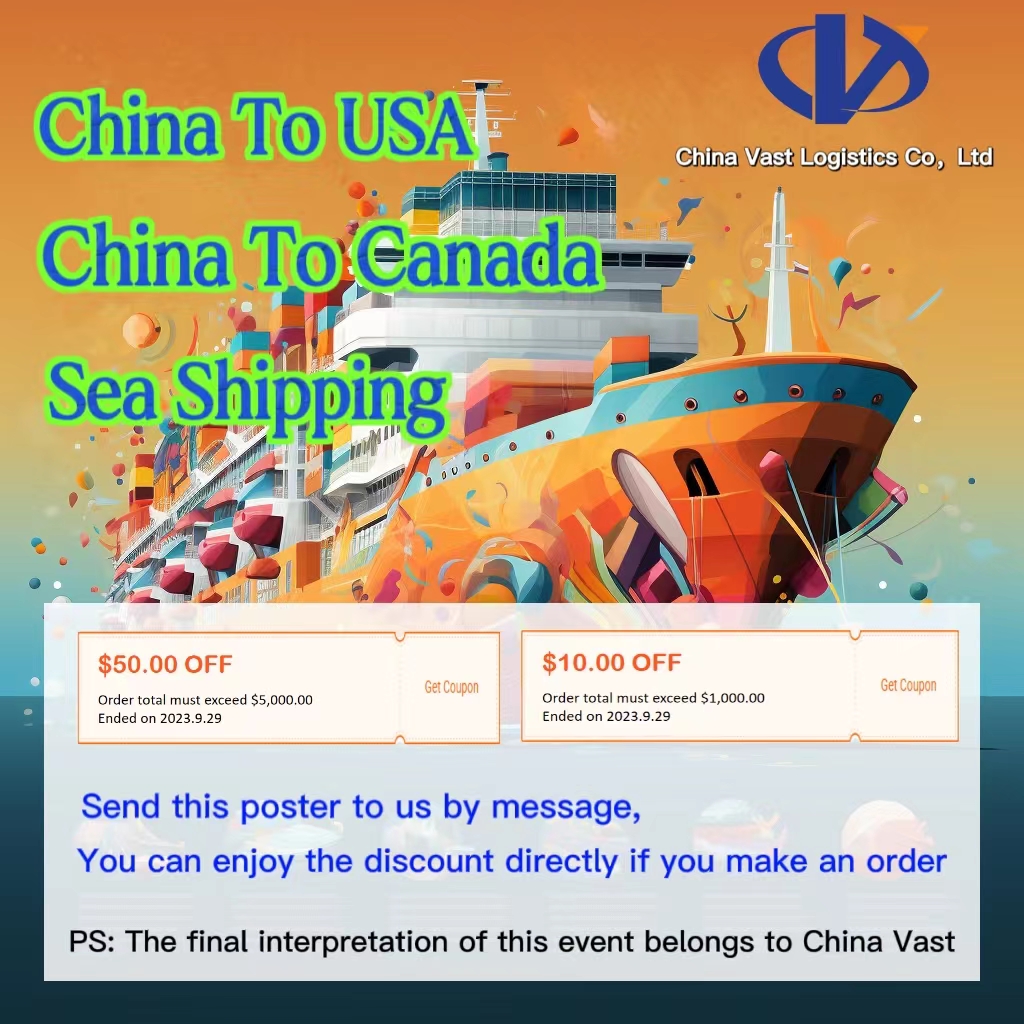In international container shipping, three key logistics terms — pre-pickup, pre-entry, and drop-off — often determine how smoothly your cargo moves from the factory to the vessel. Knowing what they mean and how they work can help you optimize scheduling, reduce costs, and avoid delays.
1. Pre-pickup: Securing the Container Before Cargo Is Ready
What is pre-pickup?
Pre-pickup means retrieving an empty container from the container yard before the cargo is fully ready. This ensures the container is available and waiting once production is complete, speeding up the loading process.
When to consider pre-pickup:
When production is nearing completion and cargo will soon be ready for packing, pre-pickup helps avoid delays caused by waiting for a container.
Pre-pickup process:
Submit a pre-pickup request to your freight forwarder or shipping line.
The forwarder arranges a truck to collect the empty container from the yard.
The container is delivered to the designated site and held until loading begins.
Important notes:
Cost: Pre-pickup may involve additional costs such as container pickup fees and yard storage fees. Confirm these costs before proceeding.
Timing: Plan carefully to avoid having the container sit idle for too long, which can increase storage charges.
2. Pre-entry: Delivering the Container to Port in Advance
What is pre-entry?
Pre-entry refers to delivering the loaded container to the port before the vessel’s loading date. This ensures the container is ready for loading and avoids last-minute disruptions due to traffic or other delays.
When to use pre-entry:
If your cargo is already packed and will arrive at the port well before the sailing date, pre-entry can help guarantee smooth loading operations.
Pre-entry process:
A truck transports the loaded container to the terminal.
Customs clearance and related formalities are completed in advance.
The container waits at the port for loading instructions from the shipping line.
Important notes:
Customs clearance: Ensure all documentation is prepared and customs formalities are handled early to prevent delays.
Cost: Pre-entry may involve trucking costs and terminal storage fees, so include them in your budget.
3. Container Drop-off: Placing the Container in a Yard
What is container drop-off?
Container drop-off means unloading the container from the truck and placing it in a designated yard or depot. This is often done when cargo is not yet ready or when vessel schedules change.
When to consider drop-off:
Cargo not ready: If goods are still being produced or packed, the container can be dropped off and loaded later.
Schedule changes: If the vessel’s departure time changes and the container is already en route, it can be dropped off and held until the new loading time.
Drop-off process:
A truck delivers the container to a designated yard.
Yard staff unload and place the container in a secure location.
The container is managed and maintained by the yard until it’s needed.
Important notes:
Cost: Drop-off involves costs such as storage fees and crane handling fees. Understand these before proceeding.
Time management: Avoid extended storage times to reduce extra costs and ensure there’s enough time for final loading.
Yard selection: Choose a well-managed, secure yard to protect the container and its contents.
Final Thoughts
Pre-pickup, pre-entry, and container drop-off are crucial steps in the container logistics process. Understanding their timing, procedures, and costs allows shippers and consignees to better coordinate shipments, minimize risks, and ensure cargo reaches its destination efficiently.

